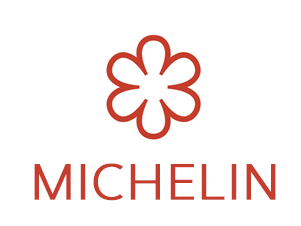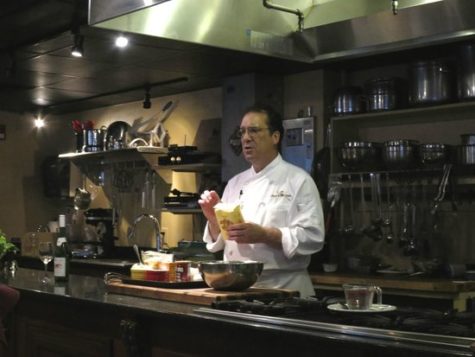The Sky’s Not the Limit: The Journey to a Michelin Star

October 5, 2017
Receiving a Michelin Star nowadays is a huge feat for many restaurants and chefs as it is a badge representing the quality of your food. However, a Michelin Star wasn’t so hot back in the day–back then around 1950, Michelin Stars did represent the quality of the food but only in an acceptable way. One star meant the food wouldn’t poison you, two meant the food was worth the price, and three indicated the food is worth getting out of your way for.
Nowadays, Michelin Stars are an achievement that most restaurants strive to aim for. But, your area has to be covered by the Michelin guide in order to be on their radar. You have to realize that Michelin inspectors are anonymous, meaning your restaurant should always be operating at it’s peak to ensure that you can impress the inspector. Operating at your peak performance means: your kitchen has to be clean, cycling attentively to your customers, and presenting the finest from your menu. In order to get inspectors to notice your restaurant, build up a reputation with food bloggers, food critics, and have an outstanding review page.
Once a restaurant earns a star, expect to be the word of the street, people will be flocking to your restaurant as having a Michelin Star makes you shine. Having a Michelin Star on your wall places an unimaginable burden on the chef’s shoulder and can rapidly lead to their downfall so be sure to keep a cool head and plan things out thoroughly even if it’s just any ordinary day. Nonetheless, receiving a Michelin Star is a feat to be proud of for a lifetime.
“Having one Michelin star is a big deal, two is incredible and having three puts you in a bracket of maybe 30 chefs worldwide.” -Paul Rankin

